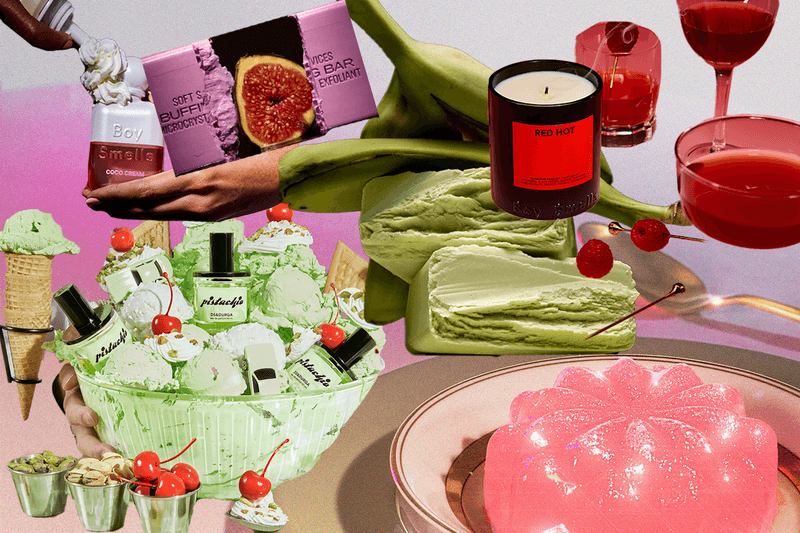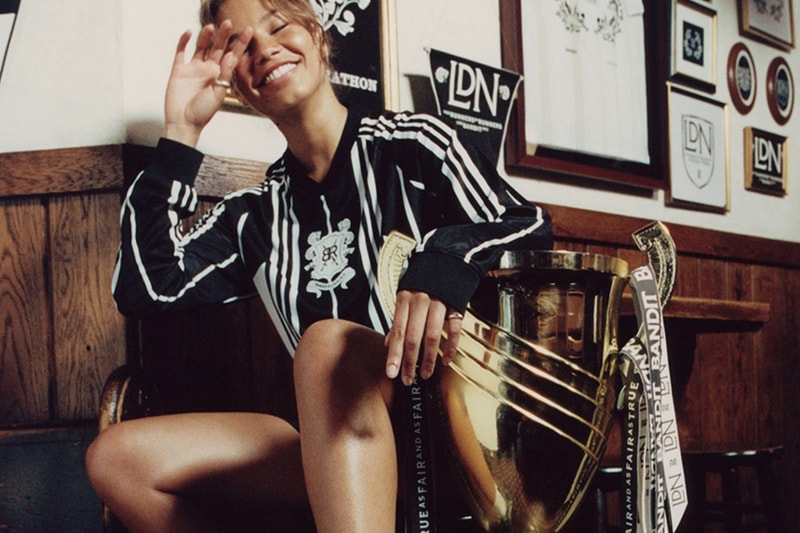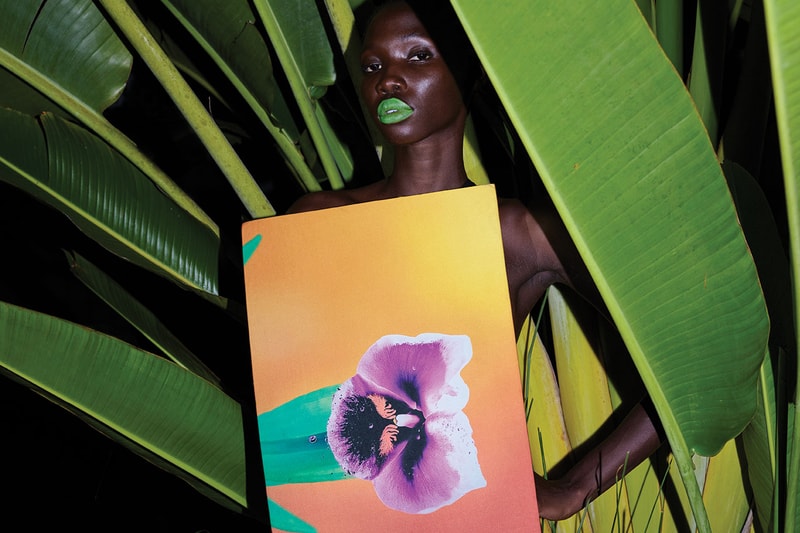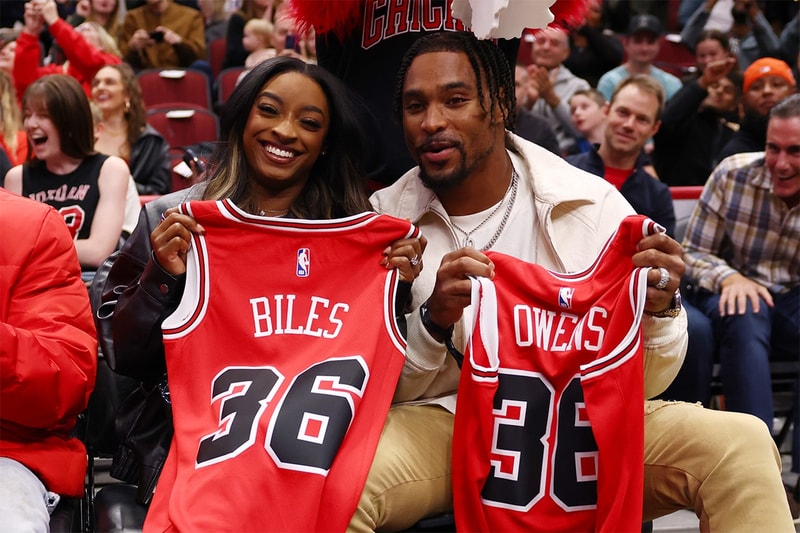Has TikTok Ruined the Way We Consume Fashion Trends?
info@hypebae.com (Hypebae) Fri, 25 Apr 2025 Hypebae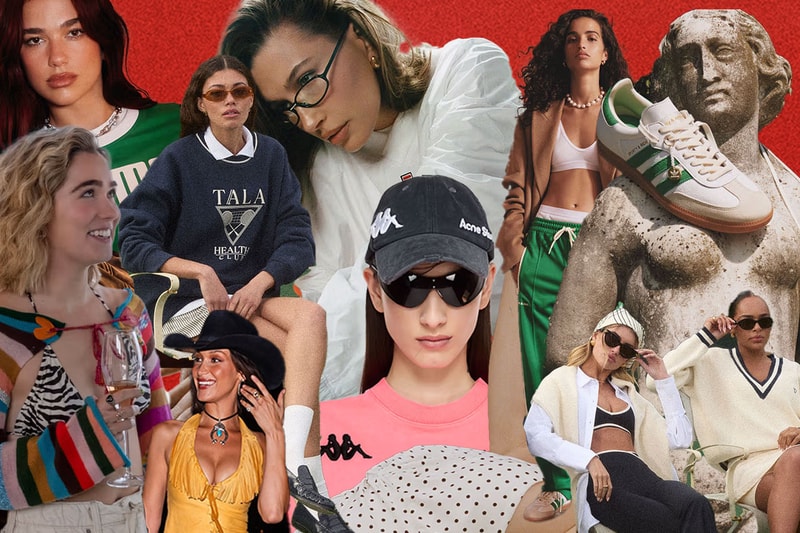
Love it or hate it, TikTok is changing the way we see fashion. From styling hacks and deep dives into designer quality to sharing information and spotlighting emerging brands, we now have so much of the fashion world at our fingertips. But is that a good thing?
2022 was dubbed the "year of the core" because of the sheer volume of core-based fashion trends that seemed to infiltrate our feeds and our minds, the majority of which seemed to start and end with TikTok. In 2023, cores continued, albeit at a slower pace, and by the end of the year, we'd found even more inane ways to label these different aesthetics (cue Tomato Girl Summer and the start of the Clean Girl aesthetic).

Content creator and stylist Chani Ra has become revered for her hot fashion takes, unique approach to styling and fashion references. In her experience, "Before TikTok, there were two kinds of trends: The pieces or references considered of-the-moment in fashion circles and then the ones that filter out to the masses a couple of years after the fact and become a part of the norm. TikTok has added a third category: online trends."
By 2024, a wider conversation on personal style began to emerge, one that highlights the saturation of TikTok trends, cores and viral products. While these online movements have seemingly done a lot for online creators and brands, they've also drastically sped up the life cycle of our products and trends – something we already struggled to keep up with.
Social strategy director and former TikTok Strategic Partnerships Manager, Sonika Phakey, believes that "the cycle of core-based micro-trends is a trend itself, one that I think is thankfully on its way out." For her, the reason behind the excessive amount of online trends charts dates back to 2020.
"The increased churn of digitally native fashion trends was driven by the pandemic and increased time being spent on platforms like TikTok, coupled with a decrease in trend stimulus from other media such as film and music, as the world was still returning to business as usual," Phakey tells us. "Culture was living in a TikTok vacuum, manifesting in fashion through trends such as #cottagecore and #goblincore that grabbed our attention with catchy names and over-the-top aesthetics," she explains.
With the rise of these online trends, three core problems emerged: a shorter product life-cycle, a loss of cultural context and an increase in poorer fast fashion choices.

First, the shorter life cycle of products as a result of these trends means that there's more waste and that less sustainable ways of consuming are being pushed to the forefront. We've had hauls since the early days of the internet, with countless content creators vlogging their purchases on YouTube, but with the increased virality that TikTok brings, it makes this process a lot faster than it used to be. What that means is, we see a product, it goes viral overnight, sells out everywhere and then a few weeks later, we're all sick of it and we move on to the next (seemingly) big thing.
"These fast-paced digital trends became a circus at one point, and you could see people trying to outdo each other in real time, coming out with these new labels like 'strawberry girl’' when in reality, looks and subcultures that move culture take time to be recognised by a name," explains Chani.
This brings us to the second problem: a loss of cultural context. As a result of this increased life cycle, it means that the majority of trends and viral products need to be showcased with such immediacy that they lose credibility and cultural context. "Trends" like mesh slippers should've been accredited to early Chinese cultures, so-called "Scandi scarves" have origins in traditional South Asian dress and the "#tradwife" was actually an incredibly reductive aesthetic rooted in patriarchal norms.

"The kids want to fast-track the process and while I am all for experimentation, it lacks soul," Chani continues. "The trend cycle has slowed down, ironically meaning high-speed micro trends couldn't even keep up with themselves. The trend being pushed on TikTok now is 'personal style', which has also lost all meaning, especially as people are online referencing other people online and the point of reference gets increasingly shallow."
While this approach seems to be the norm, Chani notes that "There are some creators I love who are truly themselves and you can feel the thirst for knowledge and innate taste through the screen. I don't think every outfit has to be backed by hours of research but when you’re talking about these trends that are being pushed by names, you really can't fake a cultural shift."
@thefashionnap Did you know about Dandy star Gladys Bentley? #harlemrenaissance #metgala #gladysbentley #queerhistory #fashionhistory ♬ original sound - Chani Ra - fashion commentary
It's witnessing this shift that led Chani to begin online personal styling for some of her followers. "My whole process is about drowning out the noise, helping people identify the aspects of fashion that truly make them feel alive and looking at it from an educational perspective," she tells us.
The final problem is the increased availability of fast fashion products as a result of TikTok. With the rise of TikTok Shop, more and more retailers and manufacturers can incentivize users to purchase and promote their products, no matter the cost or quality.

Phakey notes that "Whilst I think the cycles are slowing, the impact of micro-trends will live on - the rapid availability of trend-led products from retailers like Shein and Temu means that consumer expectations and need for immediacy are so much higher. Consumers no longer want to be shown anything that can’t be purchased, evidence of which you see in the comments of fashion influencers where followers demand product codes, brand details and links to shop."
It seems, then, there aren't many positive impacts that TikTok has had on fashion and trends, other than an increased accessibility of information, well-researched or not. According to Phakey, though, there is one small positive to take away from its rise. "I do think micro-trends have, in some ways, put the fun back into fashion, perhaps reminding us of the joy of dressing up and the escapism that fashion can provide."
